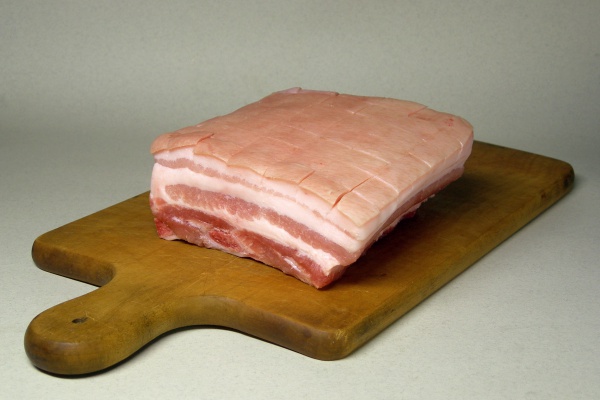Facts About Pork belly
Pork belly is a cherished cut of meat renowned for its rich, fatty flavor. This boneless section comes from the pig’s belly and is a staple in various international cuisines. It holds a special place in Hispanic, Chinese, Danish, Korean, and Philippine culinary traditions, each culture offering its unique preparations and presentations.
In Chinese cuisine, pork belly is often braised and featured in renowned dishes like red-braised pork belly and Dongpo pork. In Korea, it's a cornerstone of Korean barbecues, where it’s grilled to perfection or used in dishes like bossam (a type of lettuce wrap) and kimchi-jjigae (a spicy stew).
In the United States, pork belly is perhaps best recognized for its transformation into bacon and salt pork, essential ingredients in many soups and stews. Fascinatingly, pork belly even had a notable presence in the financial sector. Frozen pork belly futures were once a widely traded commodity, allowing meat packers to hedge against the fluctuating prices of hogs. However, their significance diminished, leading to their delisting from the Chicago Mercantile Exchange in 2011.
Despite its varied uses and economic past, pork belly remains a versatile and treasured ingredient. Its rich flavor and adaptability make it a favorite in kitchens around the world, adding a delicious touch to countless dishes.

 North Korea
North Korea